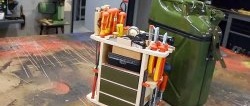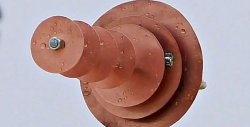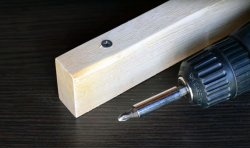Why does the canister have three handles?
Surely every adult has at least once in his life seen a metal canister used for transporting and storing fuel. Typically these are aluminum or steel containers with a capacity of 5 to 20 liters. The design of this container, in the version that we all know, was developed back in the days of Hitler’s Germany in 1937. But have you ever wondered why the handle of such canisters is divided into three parts, placed at equal intervals?
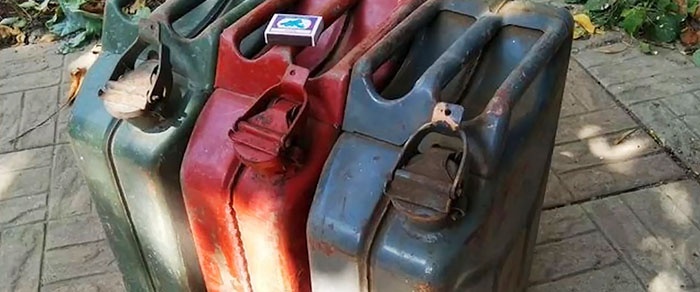
The need for an improved version of containers for fuel was extremely urgent in those years due to the fact that previous containers often caused fires. Fuel was then stored in 200-liter tanks and bottled in 20-liter tin cans with screw caps. Needless to say, fire safety was very low, not to mention the inconvenience of their use and transportation.
At the same time, the command of Hitler’s army announced a competition to create a fundamentally new concept of fuel containers. And the best one turned out to be the classic rectangular version known to us, developed by a group of engineers under the leadership of Grundfogel.The design turned out to be so successful that already in 1939, by the beginning of the war, the Germans had thousands of such convenient canisters in their warehouses. After the war, they began to be produced for the civilian sector, and soon on an international scale.
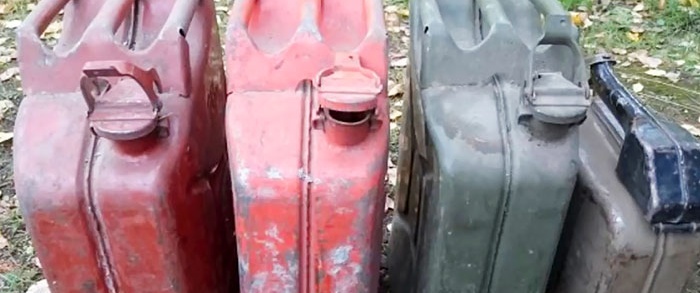
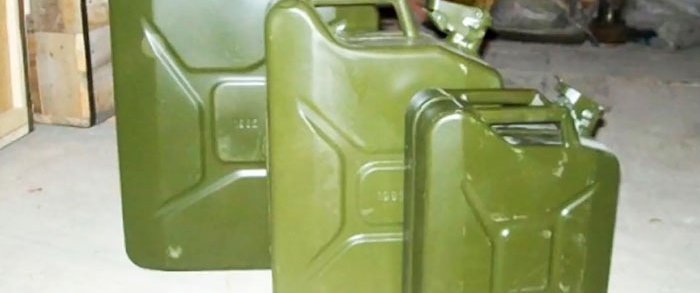
As for the handles of the canister, they were designed specifically for various carrying options by one person or several. For example, with one hand you can grab the handles of two canisters at once. And thus, one person can carry away four empty canisters at once. Whereas when it’s full, if it’s too heavy, two people can take it, one on each side.
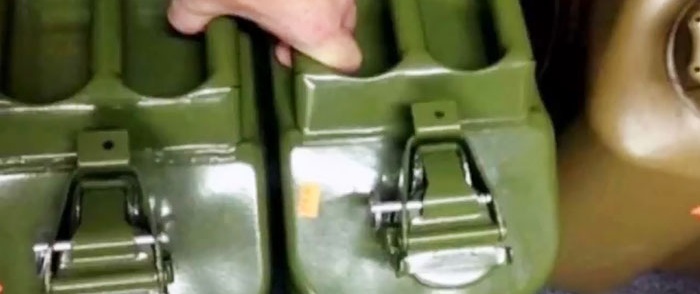
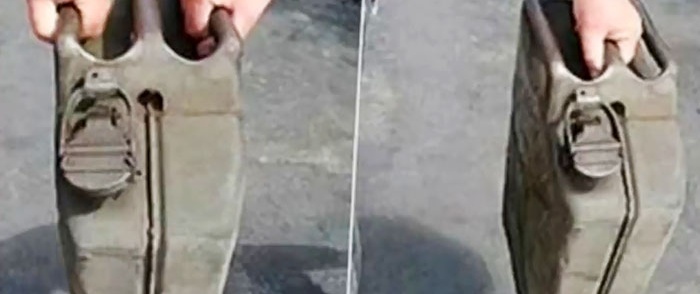
This is the very case of a simple and ingenious design solution for the ages!

The need for an improved version of containers for fuel was extremely urgent in those years due to the fact that previous containers often caused fires. Fuel was then stored in 200-liter tanks and bottled in 20-liter tin cans with screw caps. Needless to say, fire safety was very low, not to mention the inconvenience of their use and transportation.
At the same time, the command of Hitler’s army announced a competition to create a fundamentally new concept of fuel containers. And the best one turned out to be the classic rectangular version known to us, developed by a group of engineers under the leadership of Grundfogel.The design turned out to be so successful that already in 1939, by the beginning of the war, the Germans had thousands of such convenient canisters in their warehouses. After the war, they began to be produced for the civilian sector, and soon on an international scale.


Advantages:
- The rectangular shape made it possible not only to comfortably carry such a container in the hands, but also to move it by transport without the threat of tipping over and spontaneous combustion;
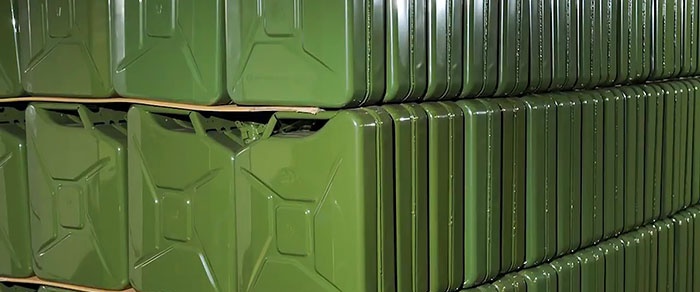
- The absence of protruding elements outside the parallelepiped shape made it possible to complete such containers as rationally as possible and in large quantities;
- Convenient lid, opening is as fast as possible compared to a threaded one;
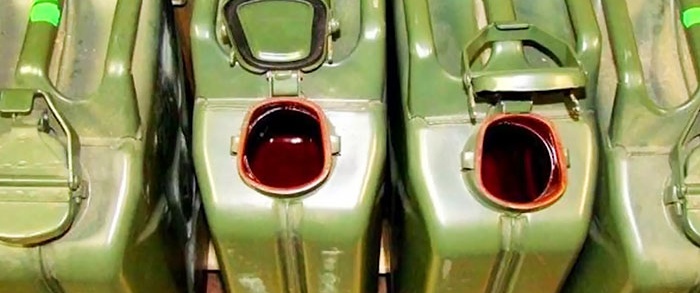
- The presence of a sealing rubber gasket on the lid, which does not fall out even if it becomes unusable.
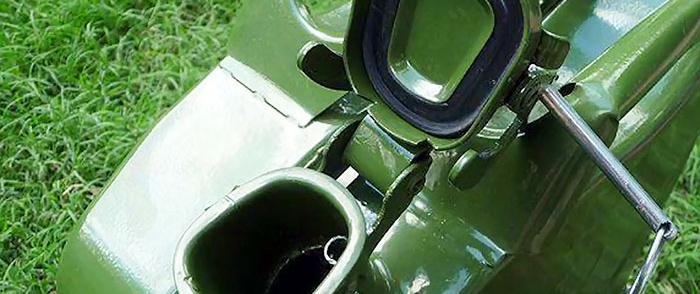
As for the handles of the canister, they were designed specifically for various carrying options by one person or several. For example, with one hand you can grab the handles of two canisters at once. And thus, one person can carry away four empty canisters at once. Whereas when it’s full, if it’s too heavy, two people can take it, one on each side.


This is the very case of a simple and ingenious design solution for the ages!
Watch the video
Similar master classes
Particularly interesting
Comments (2)






